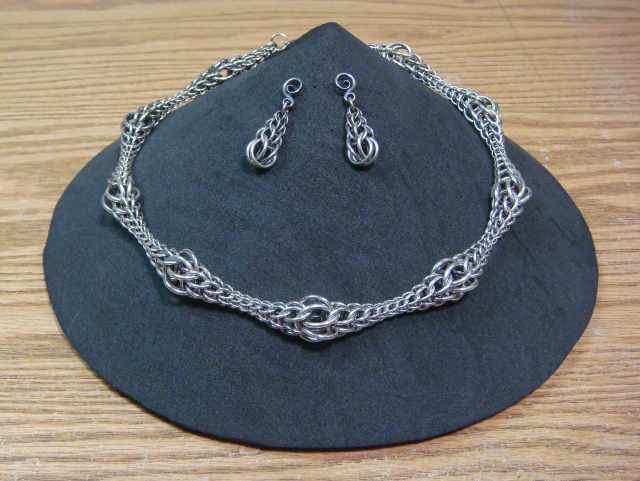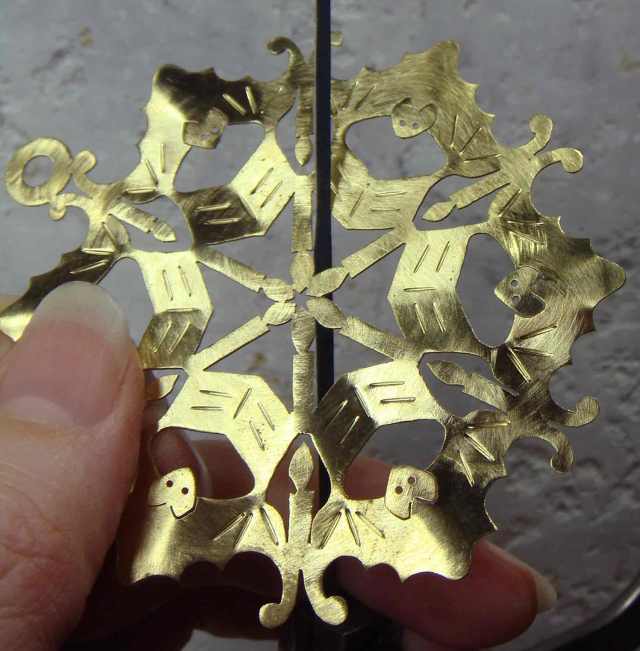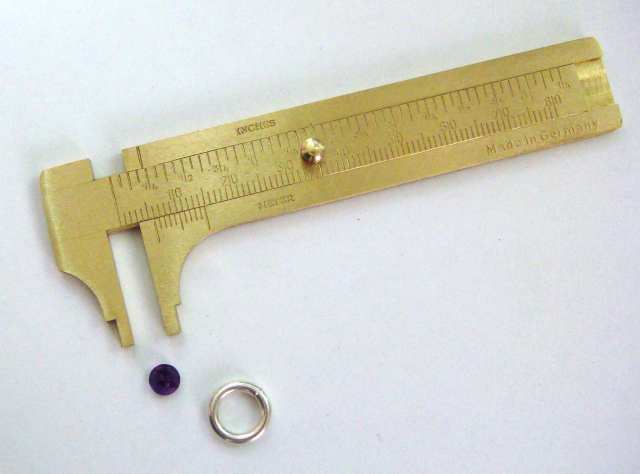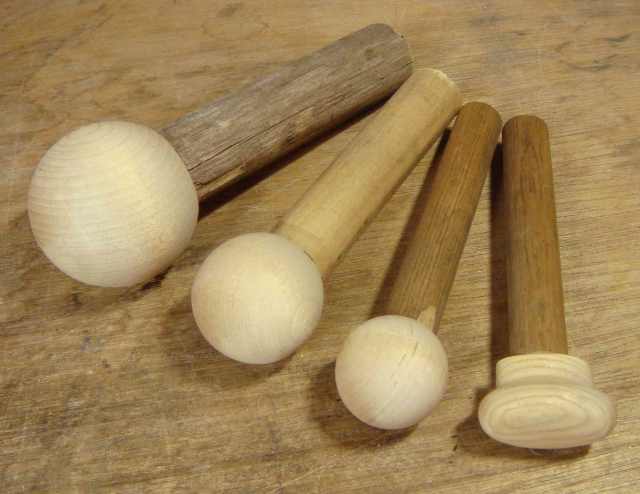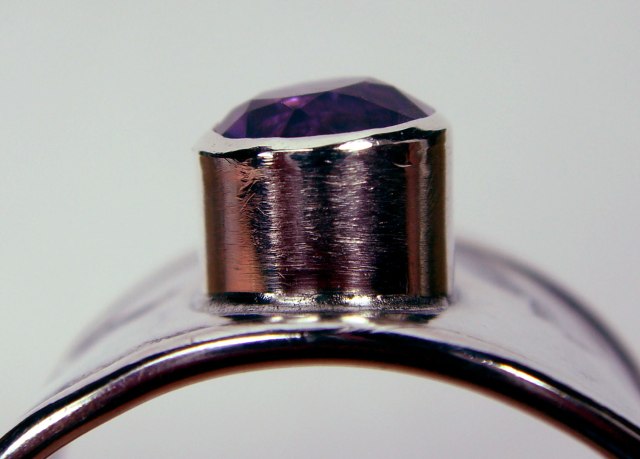In my opinion, the hardest part of spool knitting with wire is finding an appropriate knitting spool. There are commercial versions available (also called French Knitters, or Knitting Nellies), but I prefer to make my own, so that I have control over how many pins I use, and how far they are from the central hole. If you drill your own central hole, you can also control how big that is, and thus control the diameter of your knitted chain.
The wood spools I use come from a doll house supply company in bags of 25, but you can also simply drill a hole in a short piece of broom stick, tree branch or other dowel, as long as it has enough girth to accommodate the center hole and leave enough thickness for the pins not to split the wood. Continue reading


